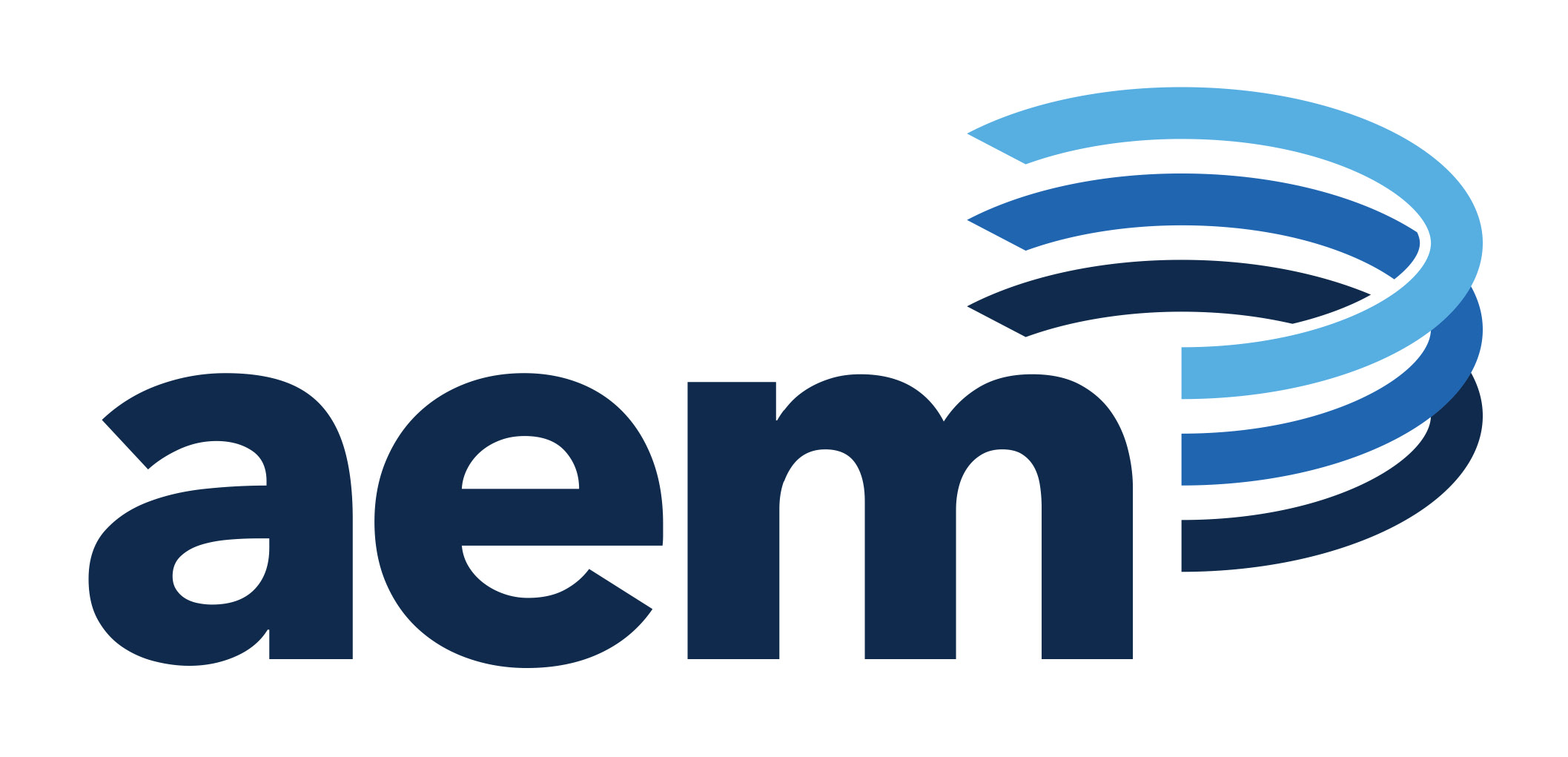 Getting Ready for the 2021-22 School Year: Frequently Asked Questions (FAQs) About Testing Children with DisabilitiesAs states, districts, and schools plan to return for the 2021-22 school year, questions are raised about whether and how to test children with disabilities, including children with the most significant cognitive disabilities and English learners with disabilities. This FAQ addresses some common questions and provides links to useful resources. Q1. Why should children with disabilities be tested this school year?The 2020-21 school year was an unprecedented year with many districts implementing virtual learning, and with some districts moving back and forth between in-person and distance learning. A major concern during this time of disruption was whether all children, particularly children with disabilities, have experienced learning loss. Educators want to know how to design instruction to account for any learning loss that may have occurred. As children return to school in Fall 2021, it is critical that states and districts gather information on what children with disabilities have learned and where they need more support to meet standards-based learning goals. With this information, educators can make changes to current programs and to instruction to address children's needs. Both formal and informal tests are important tools for gathering information. To ensure appropriate participation and meaningful test results for children with disabilities, individualized education program (IEP) teams may need to revisit a child’s IEP before making test participation decisions. IEPs written before the COVID-19 pandemic may no longer address an individual child’s needs after the pandemic. IEP teams should determine, among other things, whether revisions are needed to ensure the IEP accurately reflects the child’s present levels of academic achievement and functional performance; that the child’s IEP goals are appropriately ambitious; that special education and related services, supplementary aids and services, and program modifications and supports for school personnel are identified to enable the child to advance toward achieving the IEP goals; and that any instructional and testing accommodations and services that the child needs are identified. Resources:
Q2. Are schools required to test children with the most significant cognitive disabilities and English learners with disabilities this school year?In the 2021-22 school year, states and districts remain responsible for ensuring that all children with disabilities participate in state and districtwide assessment programs, as required by the Individuals with Disabilities Education Act (IDEA) and the Elementary and Secondary Education Act (ESEA). Children with the most significant cognitive disabilities and English learners with disabilities may have been among those most disproportionately affected by school closures and other disruptions in instruction. It is especially important for educators to collect good information on the academic performance of these children to inform decisions about programs, instruction, and individualized supports and services in the 2021-22 school year. Both formal and informal assessments, including formative assessment processes, can provide useful data. Consistent with IDEA requirements in 20 U.S.C. 1412(a)(16)), states and districts administering interim assessments for instructional planning (or any other purpose) need to ensure that there are alternate assessments available for children with the most significant cognitive disabilities who are not able to participate in general interim assessments even with accommodations. Resources:
Q3. Which tests should children with disabilities take this school year?IDEA requires that children with disabilities be included in all state and districtwide assessments. Most children with disabilities, including English learners with disabilities, will participate in the same general state summative test as their peers. Some children with the most significant cognitive disabilities may participate in alternate assessments based on alternate academic achievement standards (AA-AAAS). It is the role of the IEP team, which includes the parent, to determine how children with disabilities will participate in state and districtwide tests. English learners with disabilities will also take the English language proficiency (ELP) assessment; or, for those English learners with the most significant cognitive disabilities, the alternate ELP assessment. Children with disabilities are also required to participate in all districtwide assessment administrations. This includes districtwide administrations of interim assessments. Some children with the most significant cognitive disabilities will need alternate interim assessments. It is important that all children, including children with disabilities, participate in all required tests so that they can benefit from the same educational opportunities as their peers without disabilities. Past history showed that when excluded, these children suffered many unintended consequences such as watered-down curricula and less instructional attention. This often resulted in depressed progress through school and failure to achieve positive post-school outcomes. Resources:
Q4. Should the accommodation needs of children with disabilities be reviewed for this school year?Yes, it is critical to instruction and assessment that children with disabilities are provided the accessibility and accommodations they need in order to show what they know and can do. The accessibility and accommodations needs of children may have changed during the year because of remote and variable instructional conditions during the pandemic. In some cases, children may not need accessibility features or accommodations that they used before the pandemic. In other cases, changes in instruction may have led the children to need new accessibility features and accommodations not needed prior to the pandemic. Every child with a disability must have their IEP reviewed, and revised if necessary, at least annually, and more often if needed. As children return to school, their accessibility and accommodations needs should be reviewed, even if it is outside of their annual IEP review date. The parent or guardian, the student’s teacher, or a school administrator may request a review of the IEP at any time to determine whether a change or adjustment is needed. Resources:
Q5. How should children be prepared for testing this school year?Children need to be able to meaningfully participate in a test in order to show what they know and can do. The purpose of any test should be explained to children prior to administration. Children are more engaged when they understand why they are being tested, and how the test will benefit them. For example, if an interim assessment will be administered, the teacher could describe how the test results will be used to guide instruction. Children and school staff should be familiarized with the online test platform prior to test administration so that they can successfully navigate the test. Children also should have the opportunity to practice using accessibility features and accommodations. Prior to testing, school staff need to make sure that selected accessibility features and accommodations are available and activated. Problems with the testing system, as well as issues with how the testing system interact with assistive technology (AT) devices, can make it difficult for some children to access the test; these should be resolved prior to test day. Resources:
Q6. How should the test results of children with disabilities be reported this school year?IDEA requires that test data for children with disabilities be reported to the public with the same frequency and in the same detail as it reports on the test results of children without disabilities. It also is important to provide parents and other stakeholders with information about the instructional and test context during the pandemic. Presentation of these results should be done carefully so that the information is not misrepresented or likely to be misinterpreted. Data limitations should be described. For example, some children may have had limited access to instruction during the 2020-21 school year as result of the pandemic. If the cohort of children differs from previous years, that should be noted, as well as the challenges of comparing pre- and post-pandemic data. Resources:
|




